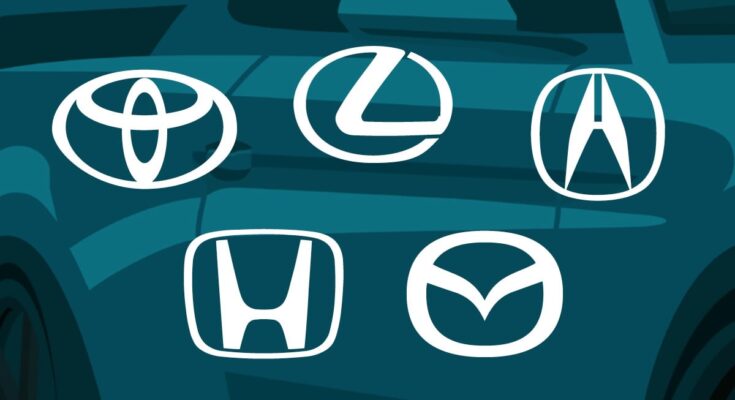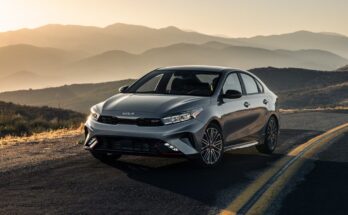It’s no surprise that our used-car brand reliability findings often differ from our predicted reliability ratings for new cars. With new cars, we’re basing our analysis on the latest three years of reliability, along with brand history and other factors, such as whether a brand uses the same proven components in multiple cars.
The cars in our analysis of used models are often from an earlier generation, meaning they might not look like the current new models or share the same components. Plus, automaker portfolios can change significantly over time, especially this past decade, when many companies phased out sedans and hatchbacks for SUVs and trucks. (This trend is best exemplified by Ford, which currently offers a single car, the Mustang.)
Some brands, like BMW, have different placements in new vs. used reliability rankings. Rising reliability ratings mean that used BMWs may rank low. But for new-car predicted reliability, BMWs are high, in eighth place in our rankings. Trends can go in the other direction as well. Among used 5- to 10-year-old models, Volvo placed seventh for reliability. But in our new-car brand reliability rankings, it ranked 15th.
Overall, Teslas are becoming more reliable, as reflected in its similar ranks for new (17th) and used (15th) brand reliability. This is a significant change; Tesla was ranked 24th in our prior used-car reliability rankings, evidence of ongoing manufacturing and engineering improvements within the company. But its position shows there’s still room for improvement.
But some brands rank consistently for both new and used cars. Like their used-car ratings, Lexus and Toyota take the top two positions among new cars. Jeep claims a low position in both used- and new-car rankings. But there are brands that show significant variance between the lists, underscoring the importance of checking the latest data down to the model level to ensure you’re making an informed purchase decision.
To calculate reliability, we compare a car’s number of problems to the average number of problems for cars of that model year. For newer cars, the reliability differences tend to be narrow because the average problem rate for a newer model year like 2025 is so low. But over time, problems can develop, creating a much more significant variation among vehicles from the same model year.
“Taking this longer view, looking at reliability over five to 10 years, gives a clear picture of what used-car buyers can expect,” Elek says.



